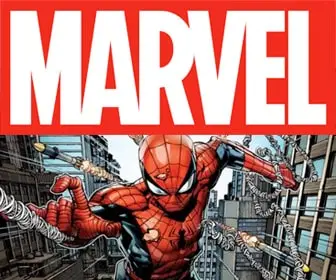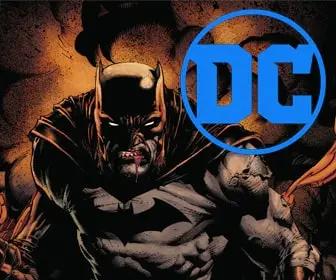
Youngblood: Revolutionizing Comics with Rob Liefeld’s Vision
In the world of comic books, few names stir up excitement and controversy quite like Rob Liefeld. Known for his dynamic and energetic artistic style, Liefeld is perhaps most famous for creating “Youngblood,” a superhero team that debuted in 1992. As part of the inaugural roster for Image Comics, Youngblood represented a seismic shift in the comic book industry, emphasizing creator rights and edgier content. This post explores the impact and legacy of Youngblood, examining its creation, characters, and cultural significance.
The Genesis of Youngblood
“Youngblood” was born out of an era of change in the comic book industry. In the early 1990s, a group of high-profile artists, including Rob Liefeld, Todd McFarlane, and Jim Lee, left established companies to form Image Comics. This new venture aimed to prioritize creator ownership and control, a significant departure from the norms of the industry.
Youngblood was among the first titles released by Image Comics, and its debut issue was a blockbuster success. The series presented a group of superheroes who were also celebrities, complete with endorsement deals and media obligations. This concept struck a chord in the early ’90s, mirroring the real-world cult of celebrity and the commercialization of popular culture.
The Characters and Plot of Youngblood
Youngblood’s team is composed of two main groups: one that handles domestic issues and another that takes on global threats. The series introduced readers to a diverse cast of characters, each with unique powers, personalities, and backstories. Key members include Shaft, a skilled archer with leadership qualities; Badrock, a powerful yet childlike figure; and Chapel, a complex character with a dark past.
The narrative of Youngblood often revolves around the team’s battles against various villains and their struggle to balance personal lives with their public personas as superheroes. The series is known for its action-packed sequences, dramatic team conflicts, and a willingness to tackle darker themes.
Artistic Style and Influence
Rob Liefeld’s art in Youngblood is characterized by its dynamic poses, detailed costumes, and an emphasis on physicality. His style was emblematic of the ’90s aesthetic in comics, which favored exaggerated anatomy, bold lines, and intense action. While Liefeld’s approach has its critics, his influence on the industry is undeniable, inspiring a generation of artists and readers alike.
Cultural Impact and Legacy
Youngblood captured the zeitgeist of its time and has left a lasting legacy in the comic book world. It helped establish Image Comics as a major player in the industry, proving that creator-owned projects could be commercially successful. The series also reflected broader cultural shifts, incorporating themes of celebrity, media scrutiny, and the corporatization of heroism.
Despite the series’ initial popularity, Youngblood has also been a lightning rod for criticism, particularly regarding its storytelling and artwork. Nonetheless, the series’ impact on the comic book industry’s business and creative landscapes is indelible.
Conclusion
Rob Liefeld’s Youngblood remains a significant milestone in comic book history. Its bold take on superhero team dynamics, coupled with its role in the creator rights movement, ensures its place in the cultural conversation. For fans and critics alike, Youngblood symbolizes a period of experimentation, change, and unabashed enthusiasm in comics, reflecting the restless spirit of its creator and the era it emerged from. As the comic book industry continues to evolve, the legacy of Youngblood and its contribution to the world of graphic storytelling will undoubtedly be remembered and debated for years to come. Whether as a nostalgic relic or a continued source of inspiration, Youngblood’s mark on the comic landscape is as enduring as it is controversial.











